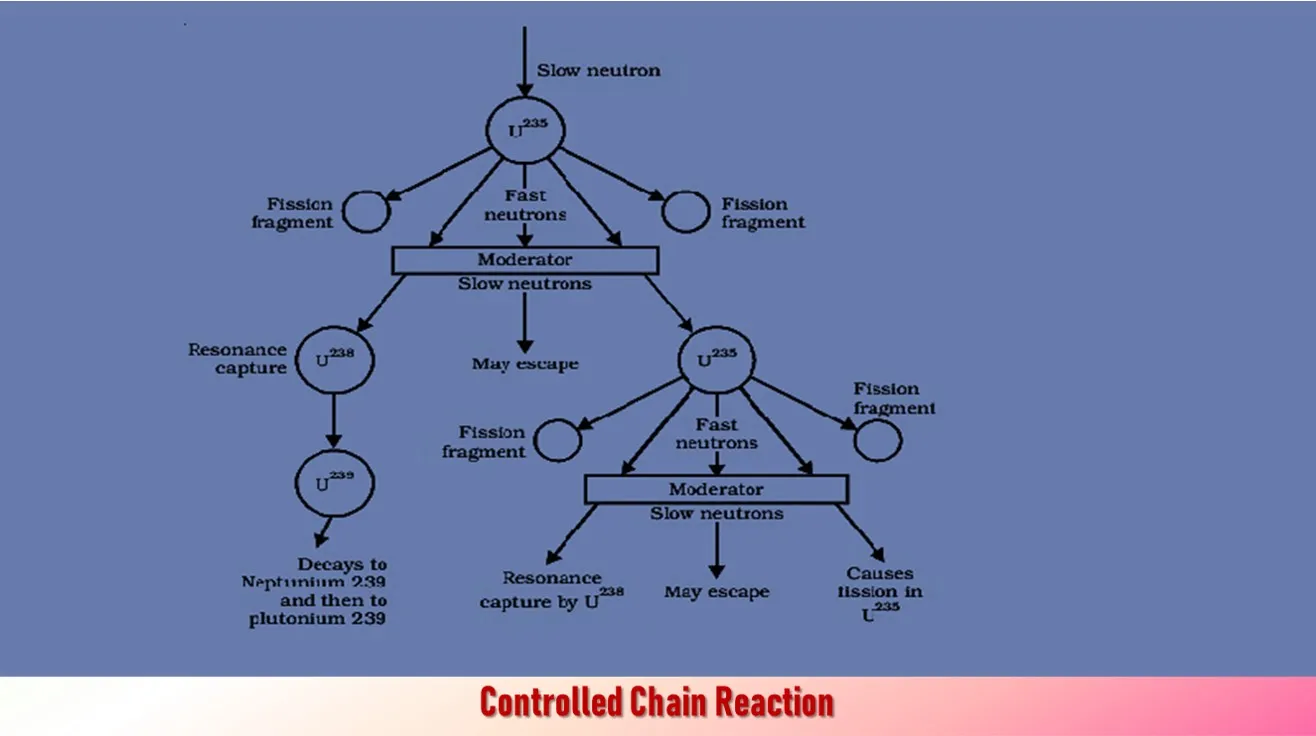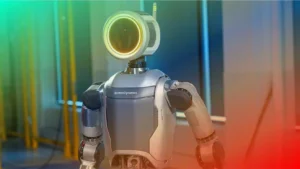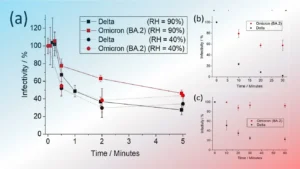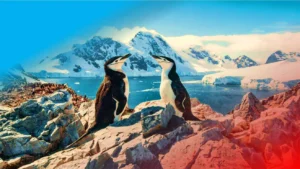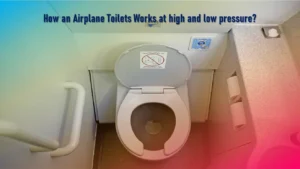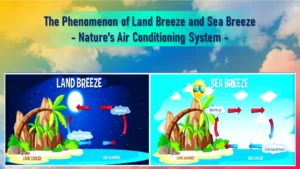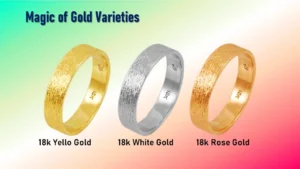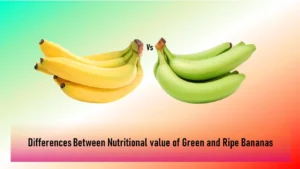In 1938, German scientists Otto Hahn and Fritz Strassman discovered that when a uranium nucleus is bombarded with a neutron, it breaks up into two fragments of comparable masses with the release of energy.
What is Nuclear Fission?
The process of breaking up the nucleus of a heavier atom into two fragments with the release of a large amount of energy is called nuclear fission. The fission is accompanied by the release of neutrons.
Nuclear Fission Reactions with 92U235
The fission reactions with 92U235 are represented as
92U235 + 0n1 → 56Ba141 + 36Kr92 + 3 0n1+ Energy
Chain Reaction
Consider a neutron causing fission in a uranium nucleus producing three neutrons. The three neutrons in turn may cause fission in three uranium nuclei producing nine neutrons. These nine neutrons in turn may produce twenty seven neutrons and so on.
A chain reaction is a self propagating process in which the number of neutrons goes on multiplying rapidly almost in a geometrical progression.
Two types of chain reactions are possible:
- In the uncontrolled chain reaction, the number of neutrons multiply indefinitely and the entire amount of energy is released within a fraction of a second. This type of chain reaction takes place in atom bombs.
- In the controlled chain reaction, the number of fission producing neutrons is kept constant and is always equal to one. The reaction is sustained in a controlled manner. Controlled chain reaction takes place in a nuclear reactor.
When a thermal neutron bombards the U235 nucleus, it breaks into two fission fragments and three fast neutrons. One neutron may escape and one neutron may be captured by U238 which decays to Np239 (Neptunium-239) and then to Pu239 (Plutonium-239). One neutron is available for carrying out chain reactions.
The chain reaction is possible, only when the loss of neutrons is less than the neutrons produced.
A nuclear reactor is a device in which the nuclear fission reaction takes place in a self-sustained and controlled manner. The first nuclear reactor was built in 1942 at Chicago, USA.
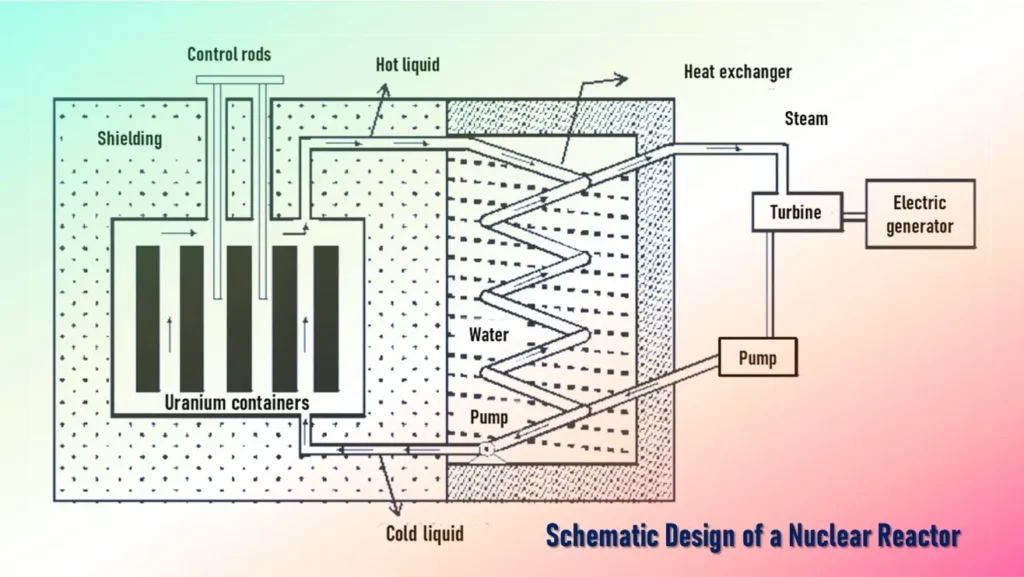
Also Read:
Nuclear Fusion reactions – Definition, Types and its Principle
What are the different types of Nuclear Reactors
What is Nuclear Reactor and its Schematic Design?

